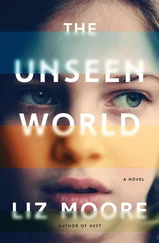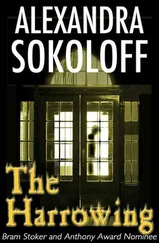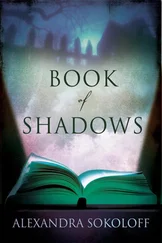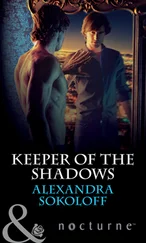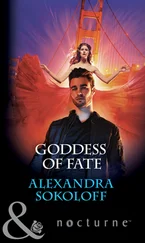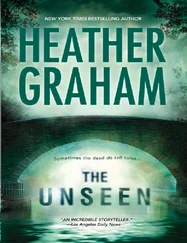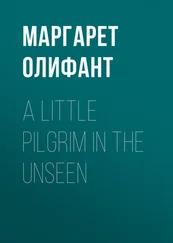A dry wind whispered through the towering trees above, swirled leaves at her feet. She forced herself to breathe, to look around. There was a medieval-looking archway in front of her and she realized she was coming up on the Page Auditorium, with its turrets and heraldic crests. Instead of heading back to her car, she’d started like a homing pigeon for the main yard of West Campus, in the direction of the Psych building.
Laurel turned on the path and looked up at Perkins Library, a looming shadow against the reddening sky. Suddenly she longed for the comfort of books around her. No matter how bad she felt, a library could always make her feel better.
She walked up the granite steps, and pushed through the fortresslike doors.
The entry of Perkins was a soaring three stories of graystone, with a domed ceiling and arched windows that in the sunset streamed pink light into the column of space—a medieval chapel of a building. Even chattering students hushed when they walked through the heavy wooden doors. Laurel could feel all the molecules in her body rearranging into something peaceful and serene as she stepped through the gates and entered the sanctum.
She breathed in… and moved into an inner hall which led to a set of double doors of dark walnut with a brass plaque: special collections library.
The library was a long, dark-paneled study with a fireplace at one end and heavy needlepoint drapes at the windows, with groupings of antique sofas and divans, and recessed shelves—a cocoon of intimacy and concentration. Four other smaller rooms branched out from the first, each entirely lined with glass-paned bookshelves housing gorgeous volumes with gilt lettering on hand-tooled leather.
The first day Laurel found Special Collections she couldn’t believe that it wasn’t packed with students, assistants, and professors clamoring for any available space. She now suspected the emptiness had more than a little to do with the Special Collections librarian, Dr. Ward, a stout, quietly terrifying force of a woman who presided from a rolltop desk near the front door. Ward wore thick round glasses that made her look vaguely like an enraged owl and her black hair was cut in a severe pageboy. Her gaze could cut a student down at twenty paces.
On her first day, Laurel had approached the desk with no small amount of trepidation. “I’m Laurel MacDonald. I’m a new professor in the Psych department.”
Dr. Ward looked at her unblinkingly through Coke-bottle lenses, without speaking.
Laurel summoned her courage. “I wondered if study time in the reading room had to be reserved. I’d like to sign up for a regular time, if that’s possible.”
The librarian looked at her, unsmiling, and answered, “No reservation required. Help yourself to a table.”
Laurel glanced around the magnificent, empty room. “But…”
Dr. Ward looked up at her, waiting.
Laurel half-laughed. “I just can’t believe there aren’t more people here.”
“That would require taking the initiative of asking,” the librarian replied dryly.
“Oh. I see.” Laurel said, unable to believe her luck.
After that, almost daily she brought her notes and journals and texts with her and found a table in one of the small, leather volume-lined alcoves off the main room, where she could immerse herself in preparation for a lecture or let her mind wander to possible research topics. Dr. Ward always nodded to her—the briefest of nods, it was true, but even that was somehow comforting, the beginning of familiarity and routine, when everything else around her was so uncertain. And under that, perhaps, was even a hint of adventure.
Of course, Laurel immediately had a favorite room, which was probably why she missed the display case in her first few days of haunting the Rare Books room.
But tonight she nodded back to Ward—who was completely alone at her command post—and just wandered through the chambers, actually looking at them for the first time. Beyond the superb collections of hand-bound books, each room contained large glass exhibit cases displaying parts of the collection: fine sketchbooks open to drawings of native birds, yellowed maps documenting Blackbeard’s journeys on the Carolina coast, architectural renderings of the campus buildings. Laurel moved into another, smaller alcove room. Like the other rooms it had a large glass exhibit case, this one on four legs, tablelike. She drifted over to the exhibit, expecting more sketchbooks.
What she saw instead froze her in her tracks.
She was looking down at a set of five cards of playing-card size, glossy and with a grayish tinge, as if they were of some age. There was something both archaic and strikingly familiar about the bold black symbols: a circle, a cross, three wavy lines, a square, and a star—

She knew those symbols.
The Duke University parapsychology lab was founded in 1927 by Dr. William MacDougall and Dr. Joseph Banks Rhine, with the mission of searching for scientifically quantifiable evidence of paranormal, or psi phenomena, such as ESP and psychokinesis.
Even as Laurel began to read the explanatory placards, a rush of connections and memories was flooding into her consciousness. The cards with their strange symbols were Zener cards, designed for use in the groundbreaking ESP tests of Dr. J. B. Rhine.
Laurel was experiencing a rush of emotions she was having trouble identifying. And then a childhood memory swept over her, shocking as ice water.
Laurel at eleven, camping out in her school library, working for two weeks on a science report on Rhine and his ESP experiments, illustrated with diagrams and sketches: two students seated at a table with a black screen between them, one looking down at a card, the other concentrating intently, trying to guess which of the five symbols the other student held.
Laurel had slaved over the report, had even made up her own set of Zener cards, and had proudly presented the project to her mother. Meredith had gone white and swept the cards off the table, a reaction which, coming from her normally clinical and detached mother, had confused and frightened eleven-year-old Laurel. Meredith proclaimed Rhine a “kook” and parapsychology a sham, and by the end of her tirade Laurel was in tears; she ripped up her report, and hastily wrote another on right and left brain function. But her interest in psychology and the mysteries of the mind had taken root and grown, though effectively channeled into a more scientific groove.
But I didn’t remember any of that, she realized with an uneasy feeling. Not the Zener cards, not that the Rhine Lab was at Duke, not any of it. I came straight to the Rhine Lab—without even knowing what I was doing.
The coincidence was unsettling… and thrilling.
Laurel turned back to the glass case and quickly read through the rest of the historical placards of the display:
The Duke laboratory was the most famous parapsychology lab in the United States. Over the lab’s thirty-eight-year history, Dr. Rhine and his researchers scientifically proved the existence of ESP, using “forced choice” testing with the Zener cards, in which a test subject would attempt to guess each card turned up from a deck of twenty-five cards, consisting of five sets of five simple symbols. Pure statistical chance would be a guess of five cards out of twenty-five, or 20% correct. Any score significantly greater than 20% correct was an indicator of psychic ability, and Rhine discovered test subjects who could predict the cards with accuracy far beyond statistical chance.
Читать дальше


